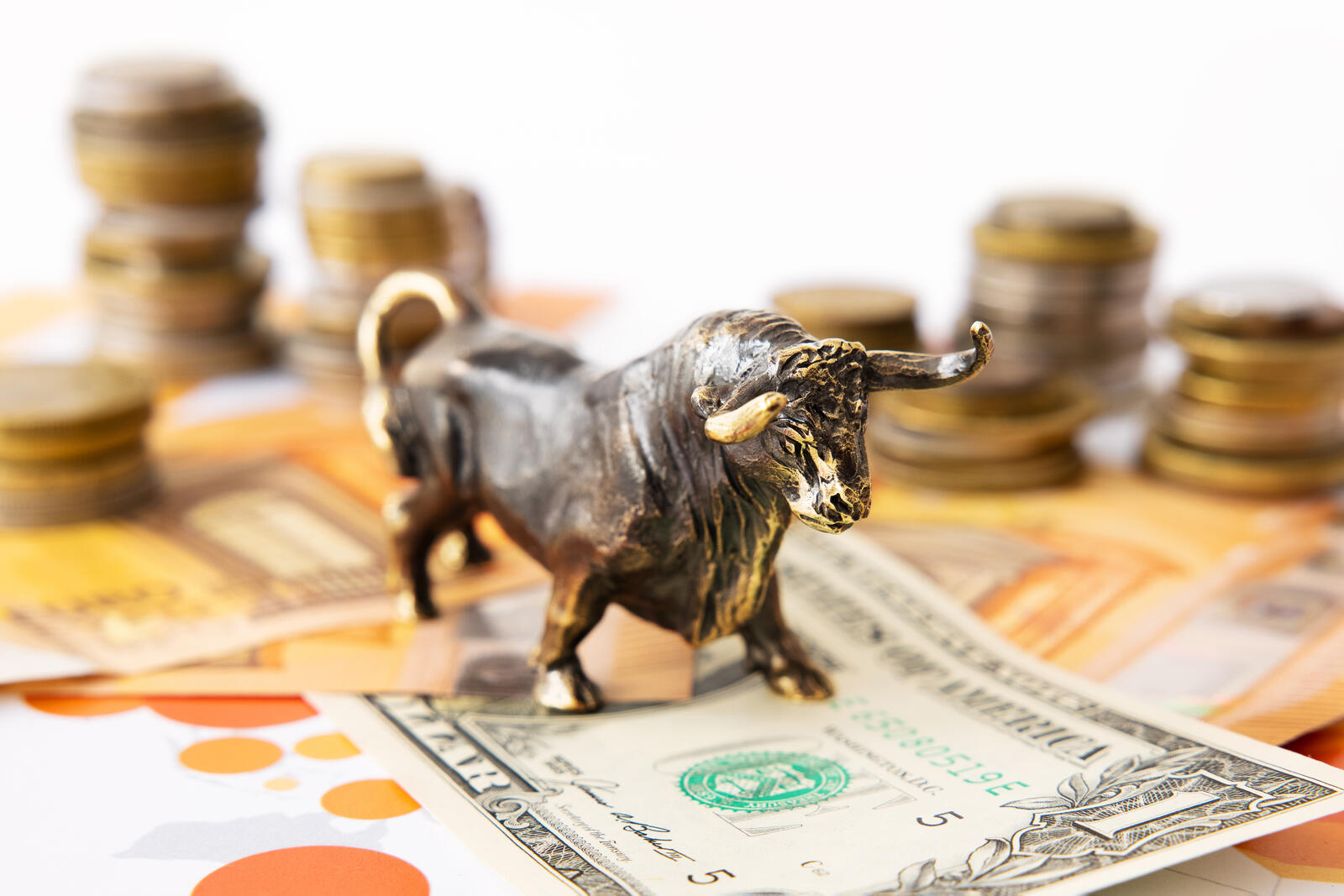Standard and Poor Index down 1.2% from month-high, drop continues
ALBAWABA – The Standard and Poor (S&P) 500 index dropped 1.2 percent from the month-high of 4,169.48 points on April 28 to 4,119.58 on Wednesday, May 3, as experts warn of a steep decline.
The S&P 500 index climbed from 3719.89 points on Nov. 3, 2022 to 4,119.58 point today, citing a 10.74 percent increase over the span of six months.
However, the index dropped 0.16 percent from 4,167.87 from May 1, and has yet to recover, according to Google’s Market Summary.
Meanwhile, experts have warned of a steep decline in the performance of the S&P 500 index, as concerns grow over a looming crisis in the U.S. banking sector, according to Arabic media outlets.
?? #SP500 has been rising roughly 10% YTD in 2023, despite central banks continuing to tighten monetary policy and heightened stress in the banking system. Looking at the past 30+ years, this outperforms about two-third of the other calendar years. pic.twitter.com/aQKWl0XrOh
— MacroMicro (@MacroMicroMe) May 2, 2023
Master trader Gareth Soloway, President, CFO and Chief Market Strategist at "In the Money Stocks" and "Verified Investing Crypto," told Eqtisadona that panic will soon ensue in the market, as more banks collapse; that is when S&P will sink, and gold will skyrocket.
Soloway said the S&P 500 index will drop to a low of 3,300 in 2023, and predicted that it will fall well below 3,000 in 2024, Eqtisadona reported.
Other experts warned about the decline earlier this year, as reported by Forbes and CNBC.
"The S&P 500 is flirting with a key resistance area that, if broken, could mean some more downside for stocks," Patti Domm wrote in an article published by CNBC back in March.
Andy Brenner, head of international fixed income at National Alliance Securities, was quoted as saying that the index is expected to drop just north of 3,800, while maintaining that it is unlikely to sink further.
More so, Morgan Stanley strategists told Forbes that the S&P 500 may soon sink to its lowest level in three years, with higher interest rates in 2023.
S&P is one of the main market indicators of the United States’ financial sector, alongside the Dow Jones Industrial Average (The Dow or DJIA) and Nasdaq Composite.
The Dow Jones index
The Dow Jones index has also seen a significant increase over the past six months, from 32,827.00 points on Nov. 3, 2022, to 33,684.53 on Wednesday, citing a 5.26 percent increase. But similar to the S&P 500, the DJIA has also declined by 1.08 percent since May 1, having opened at 33,548.66 points.
Nasdaq index
Similarly, the Nasdaq Composite also dropped by 1.08 percent since May 1 to 12,080.51 points on Wednesday, down from the six-month high of 12,226.58 on April 28.
Over the span of six months, the Nasdaq index has been performing well, having increased by 16.80 percent, as reported by Google.
Factors that influence these indices
Although these indicators reflect the state and prospects of the U.S. financial market and economy, each of them is affected by a different set of variables, despite possible overlaps in many cases.

One is closely tied to the financial market, the other to the industrial economy, and the third is tied to the non-financial sector within the financial market.
As for the S&P index, it is important to note that it is a stock market index tracking the stock performance of 500 of the largest companies listed on stock exchanges in the U.S.
It is affected by the earnings per share and revenues of these 500 companies, as well as major news involving them, economic data, major political events and interest rates.
In the case of The Dow Jones, this particular index is affected by factors in the macroeconomic and industrial sectors, such as supply and demand, inflation, interest rates, and other economic and industry-specific variables.
The Nasdaq Composite, on the other hand, is affected mainly by more than 100 of the largest publicly-traded performance of non-financial companies listed on the National Association of Securities Dealers Automated Quotations (NASDAQ) stock exchange.
Nasdaq is influenced by the strength of the U.S. dollar, major economic events, news releases, the performance of individual NASDAQ company shares, and the earnings of these companies.







